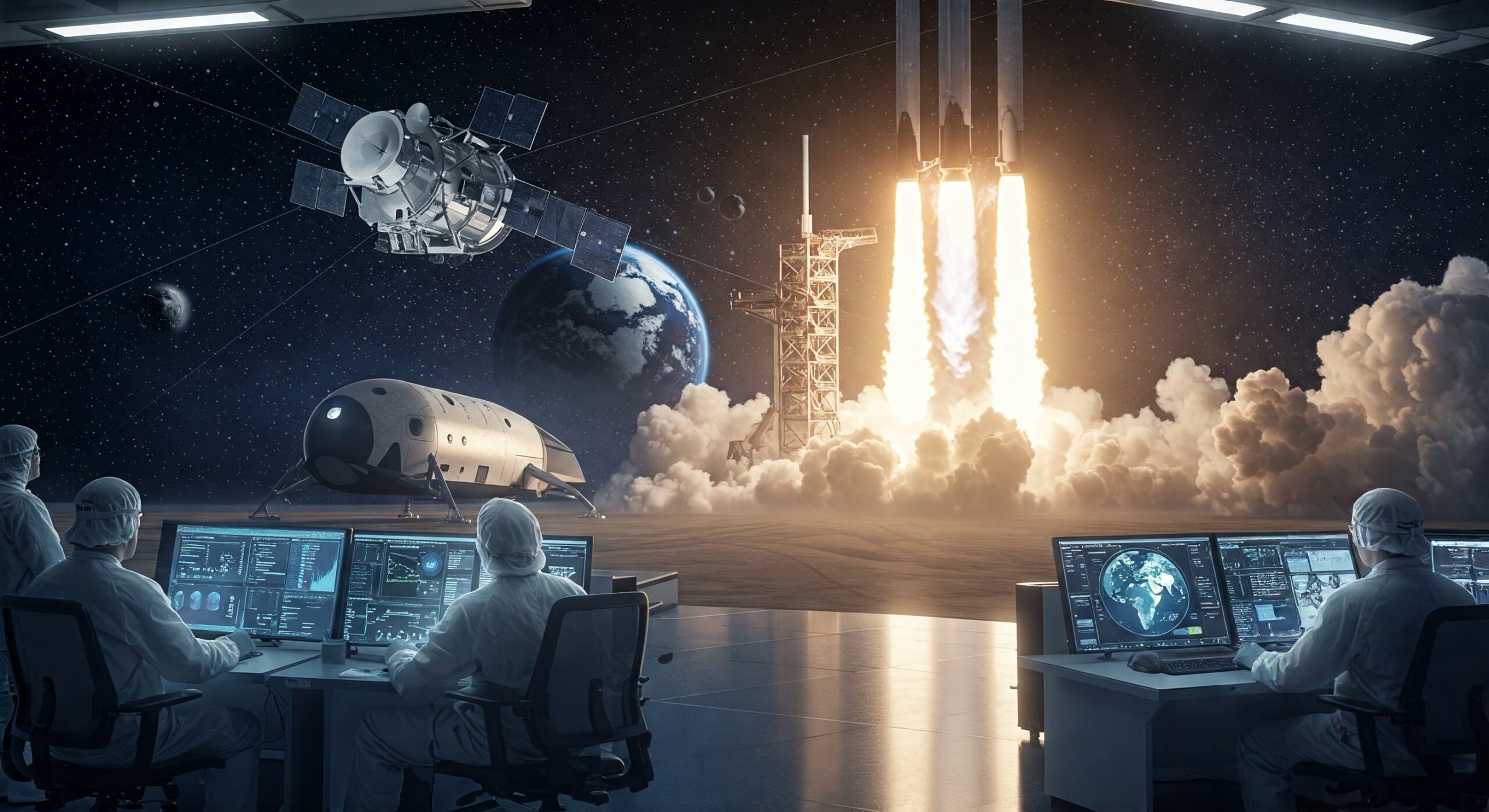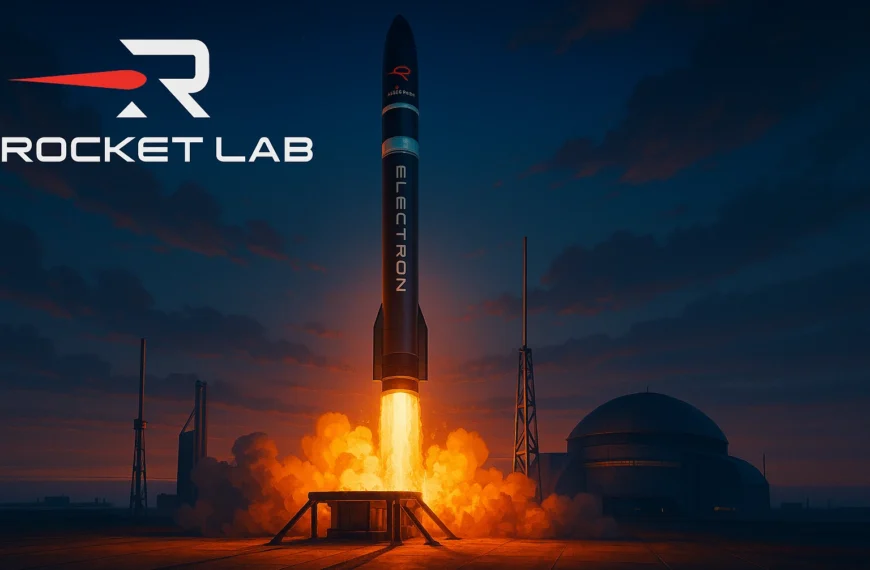Introduction
SpaceX, founded by Elon Musk in 2002, has become a dominant force in the aerospace industry. Through relentless innovation, strategic partnerships, and cost-effective technology, SpaceX has revolutionized space travel. From launching reusable rockets to deploying global internet services via Starlink, the company has consistently outpaced traditional competitors like Boeing and Lockheed Martin. This article explores how Spacex Starship reshaped the industry and secured its position as a leader in space exploration.
The Early Years and Breakthrough Success
Elon Musk established SpaceX with a bold mission: to reduce the cost of space travel and enable human colonization of Mars. Starting with a $100 million investment, SpaceX faced early struggles. The company’s first three Falcon 1 launches ended in failure, placing significant pressure on Musk and his team. However, in September 2008, SpaceX successfully launched Falcon 1, marking a turning point.
This breakthrough proved that a private company could achieve what had once seemed impossible. SpaceX’s cost-effective approach challenged industry norms. While Boeing’s Delta IV rockets cost around $200 million per launch, SpaceX’s Falcon 1 completed missions for just $6 million. This lean and efficient model quickly set SpaceX apart.
NASA Partnerships and Growing Trust
In 2008, NASA awarded SpaceX a $1.6 billion contract to deliver cargo to the International Space Station (ISS). This contract, traditionally dominated by companies like Lockheed Martin, signaled a shift in NASA’s trust toward commercial providers.
By 2012, SpaceX’s Dragon spacecraft successfully docked with the ISS, solidifying its reputation for reliability. Falcon 9’s affordability — roughly $62 million per launch — significantly undercut competitors like Lockheed Martin’s Atlas V, which cost over $150 million per mission. SpaceX’s ability to deliver cost-effective, timely solutions positioned it as a leader in commercial space travel.
The Reusability Revolution
In December 2015, SpaceX achieved a major milestone by landing the first stage of its Falcon 9 rocket. This breakthrough in rocket reusability drastically reduced launch costs. While traditional rockets like Boeing’s Delta IV Heavy cost around $350 million per launch, SpaceX’s reusable Falcon 9 slashed costs to as low as $5–7 million per launch.
This innovation allowed SpaceX to dominate the commercial satellite launch market. By providing reliable, affordable services, SpaceX attracted major clients, including government agencies and private satellite companies.
Starlink: Transforming Connectivity
In 2019, SpaceX launched Starlink, a satellite internet service designed to provide global broadband coverage. By 2024, Starlink had amassed 4.6 million subscribers, generating $7.7 billion in revenue — accounting for nearly 58% of SpaceX’s total revenue.
Starlink’s success diversified SpaceX’s income, reducing its dependence on government contracts. This move positioned SpaceX not only as a space exploration pioneer but also as a major player in the global telecommunications industry.
Conclusion
SpaceX’s remarkable journey from a startup with failed launches to a $350 billion aerospace giant highlights its commitment to innovation, cost-efficiency, and bold leadership. By mastering reusable rocket technology, securing key NASA contracts, and launching Starlink, SpaceX has cemented its role as a transformative force in the industry. With ongoing Starship development and ambitious Mars colonization plans, SpaceX continues to push the boundaries of space exploration.














Leave a Comment